ATmega1284 Development Board with 5V and 3.3V Fast-Mode I2C Interfaces and Power
The pt1-ATmega1284-5V33V is a robust, fully-featured ATmega1284 development board built on through-hole components. Its main feature is a fast-mode I2C interface that supports 5V and 3.3V devices at the same time. Two on-board regulators provide both voltages. Apart from the two main connectors making the full range of MCU pins available, the board also features individual connectors for I2C at 5V and 3.3V, power at 5V and 3.3V, and ISP and UART. The latter two allow the board to be connected to a computer for programming, monitoring, and debugging with minimum wiring and hassle. External power can be provided through the 5.5mm power jack or directly from an external 5V source.
Features
- development board supporting ATmega1284, ATmega644, ATmega324, ATmega164 in DIP package (ATmega1284 pre-fitted in socket)
- MCU slightly overclocked using a 22.1 MHz crystal
- fast-mode I2C at 5V and 3.3 V (deploying a PCA9306 voltage-level translator)
- two high-power LM1084IT LDO regulators providing 5V and 3.3V
- each power circuit has its indicator LED
- connectors: all MCU pins, I2C @5V, I2C @3.3V, ISP, UART, 5V power, 3.3V power
- power in: 7-25V, or 5V directly
- RESET button
- all based on robust through-hole components (except for the PCA9306 voltage-level translator)
- the board is standing on four brass standoffs, allowing you to place it on a working table or integrate it into a larger assembly
- board size: 106.75×56.50mm; bolts: 98.25×47.25mm (M3)
- high-quality PCBs designed in KiCad and produced by Aisler (Germany), PCBWay (China), and OSH Park (USA)
- board comes fully assembled and tested
- power cable included
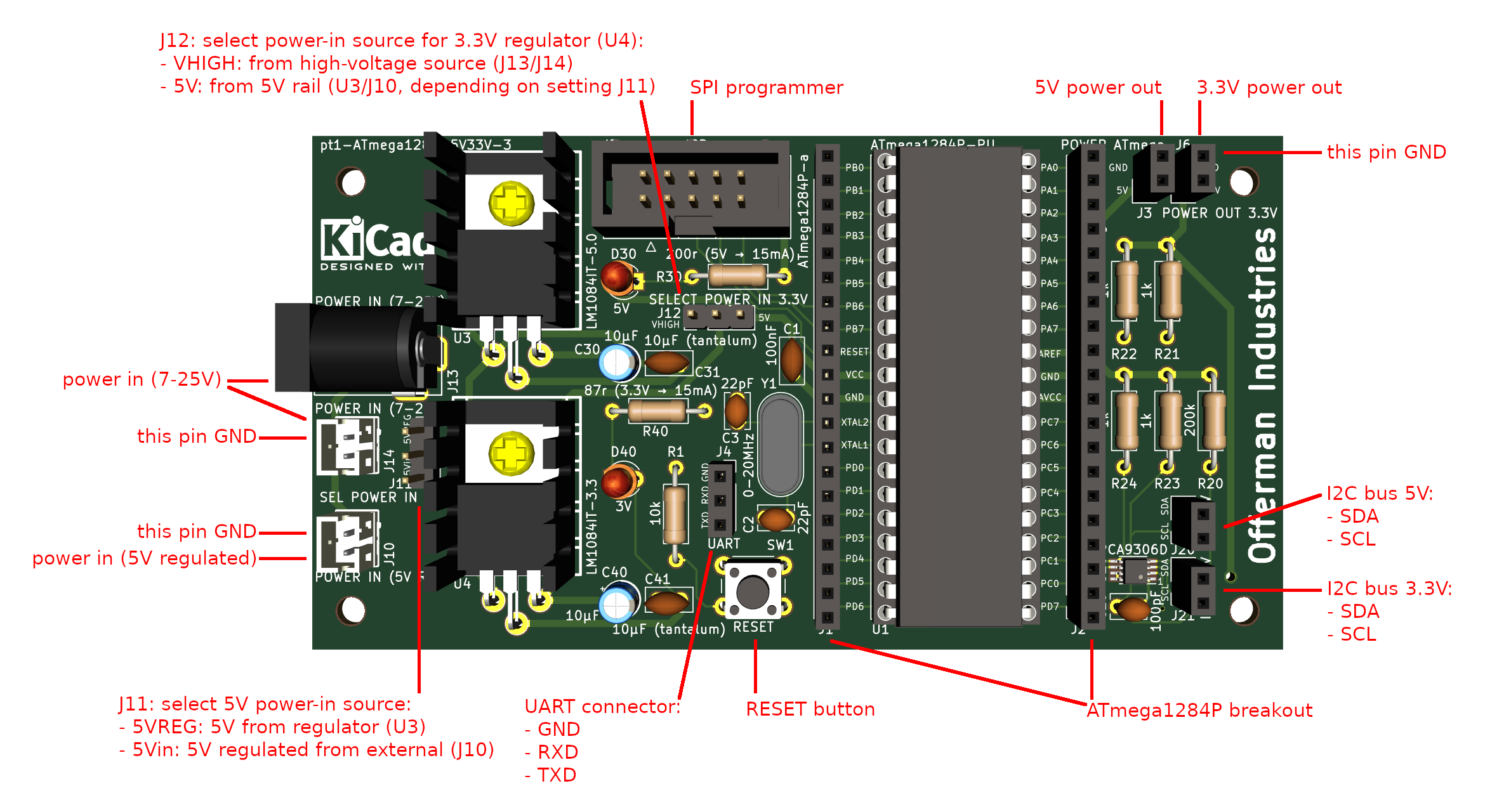
Usage and Testing
I’ve developed this board to connect my ATmega-based systems to the Internet using an ESP8266 IC (which runs only at 3.3V) over the I2C bus. Even though the ATmega ICs can run at 3.3V, they cannot do so at higher clock speeds. I’ve been using these ATmega1284 ICs in slightly overclocked setups using a 22.1 MHz crystal without any issues.
Note: the linear power regulators on this board perform the best (i.e., generate the least heat) when the power supply voltage is slightly higher than 5V (but at least 6.5V is required to bridge the drop-out voltage). A multi-voltage multi-connector power adapter (preset to 7.5V) is available for this board.
Suppose you prefer to use an external regulated/switched 5V power supply that you may have already available. In that case, a separate connector and switch on the board allow you to bypass the built-in regulators. The 5V power supplied through the USB port over the ISP/UART connection will be sufficient for basic applications.
- All boards have been tested successfully before shipping in a setup connected to a 3.3V ESP8266 board.
- An original Wemos/Lolin D1 mini-pro board (featuring an ESP8266) is an option for this board.

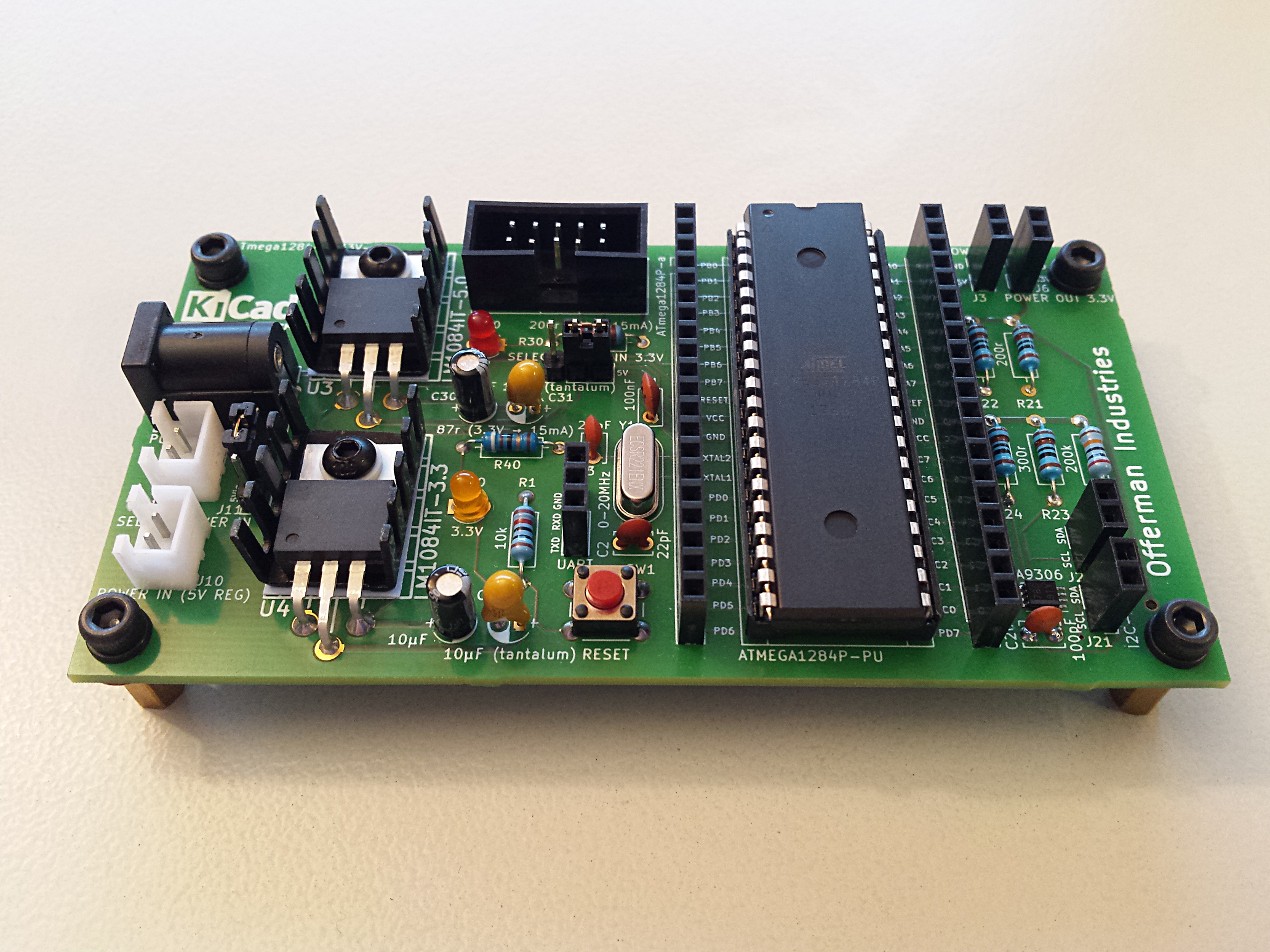
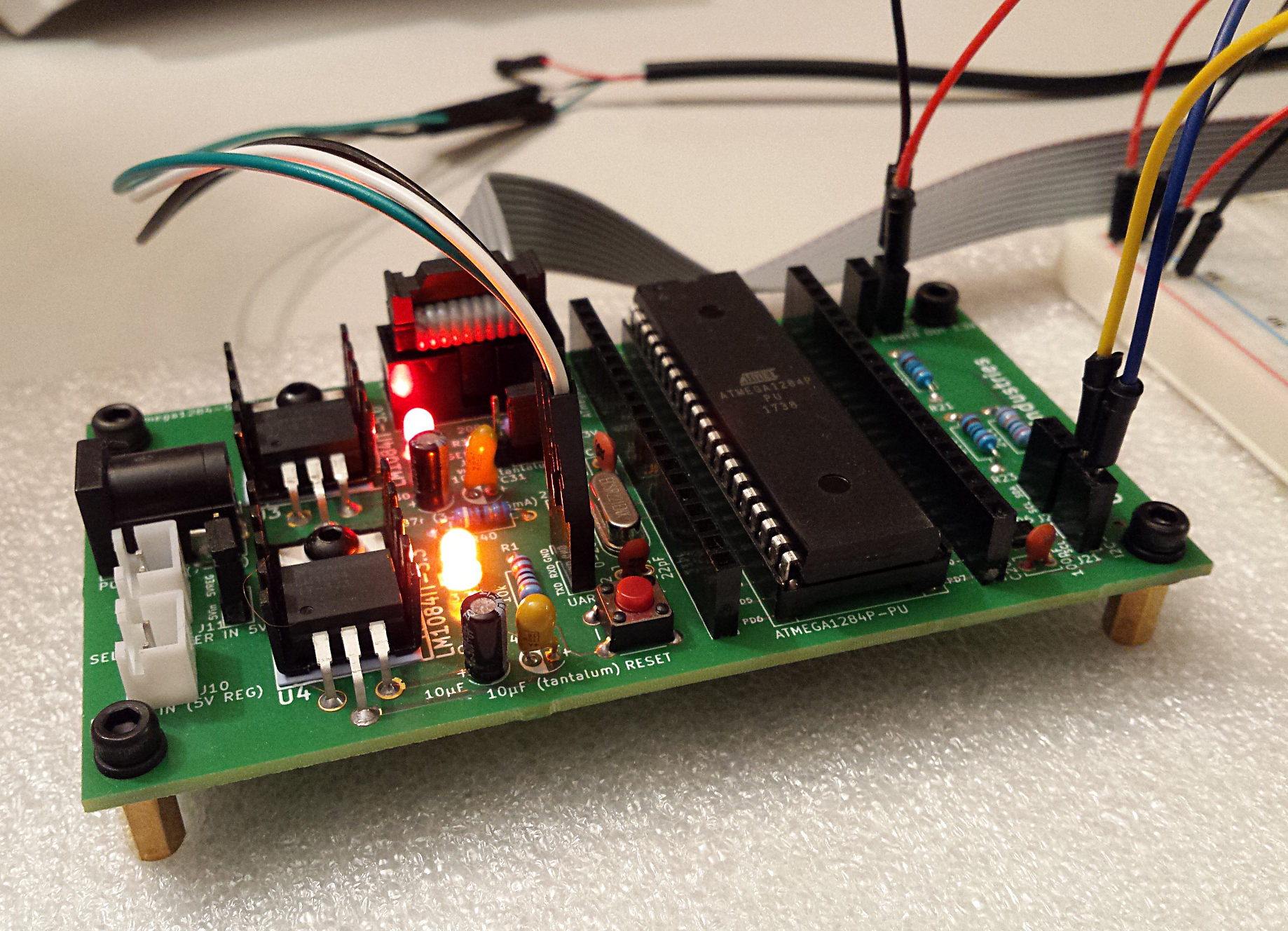
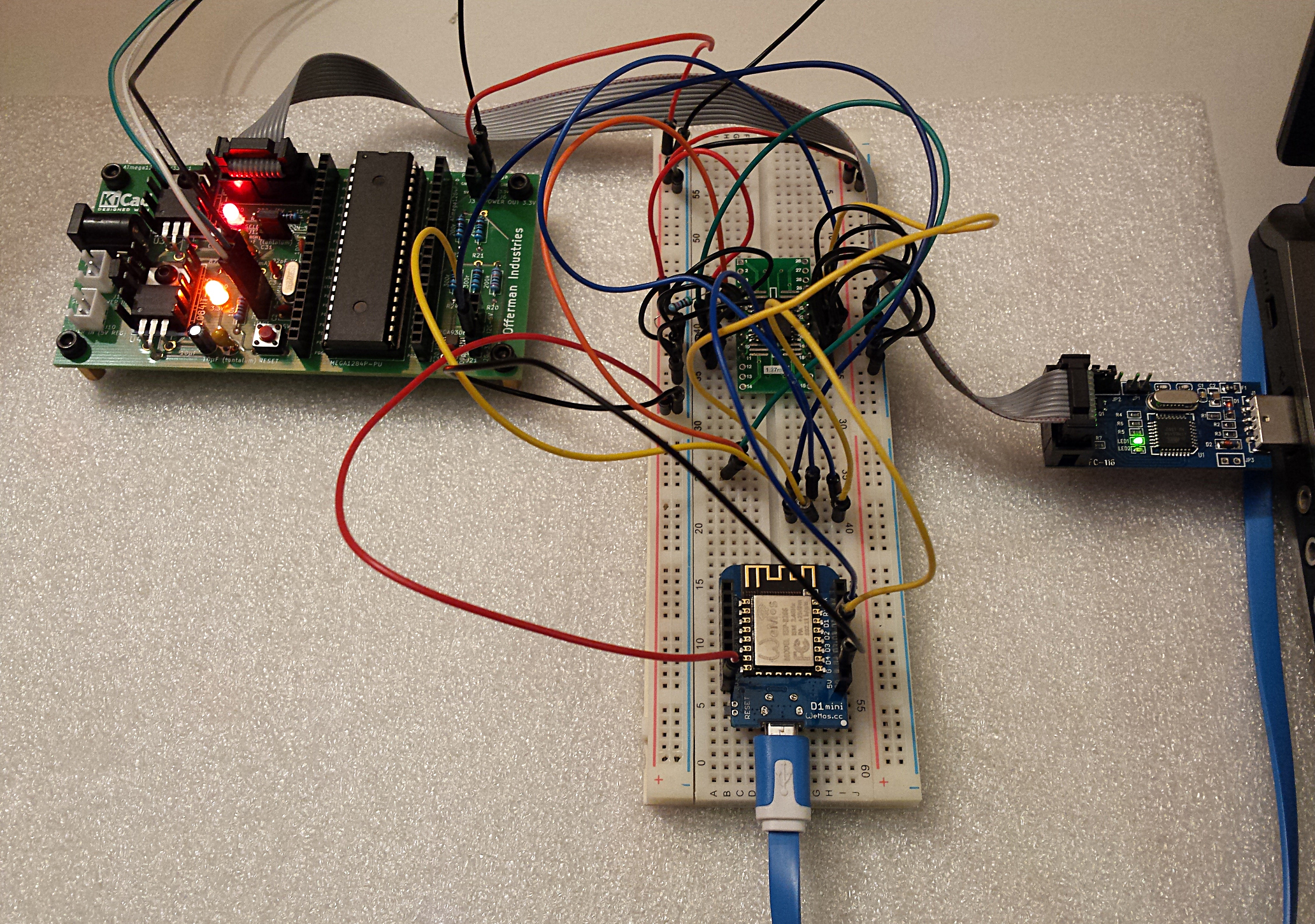
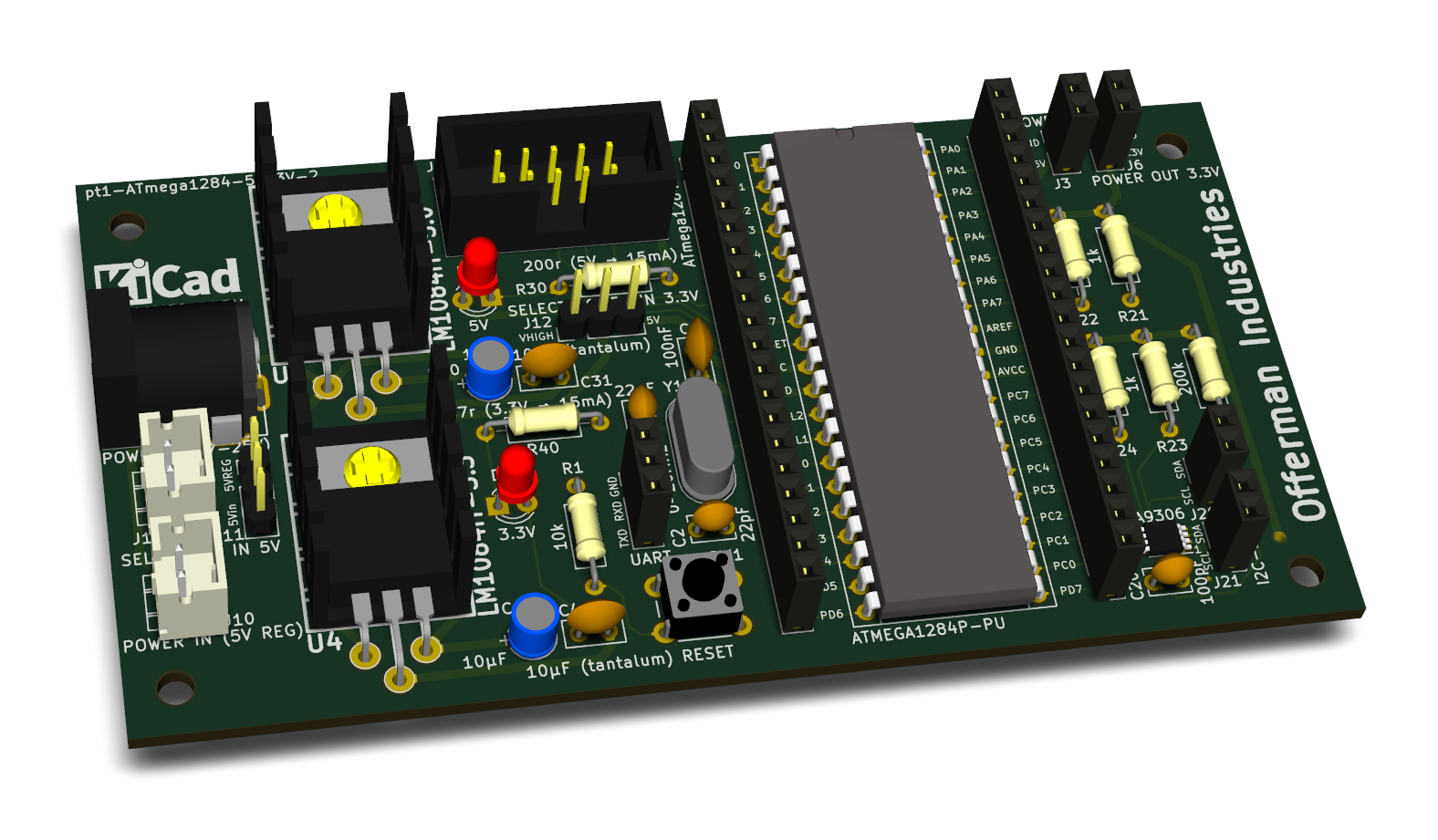
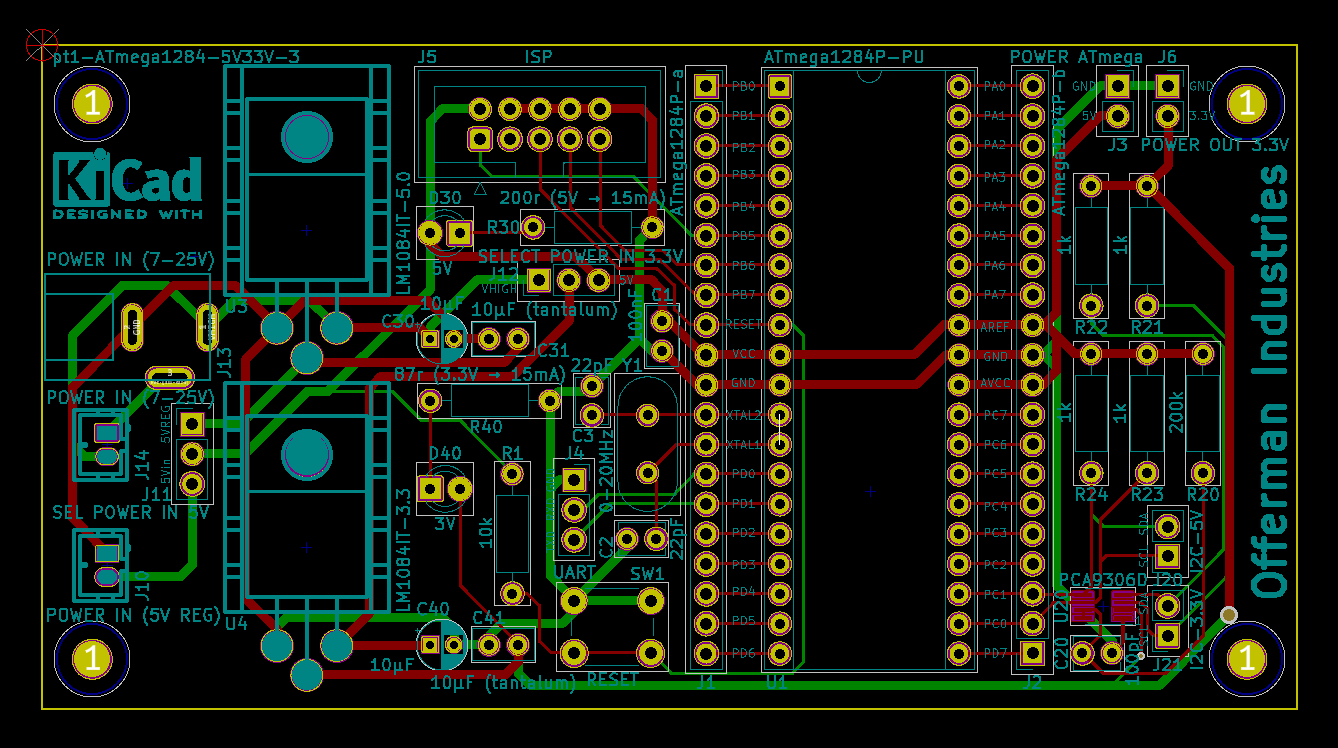
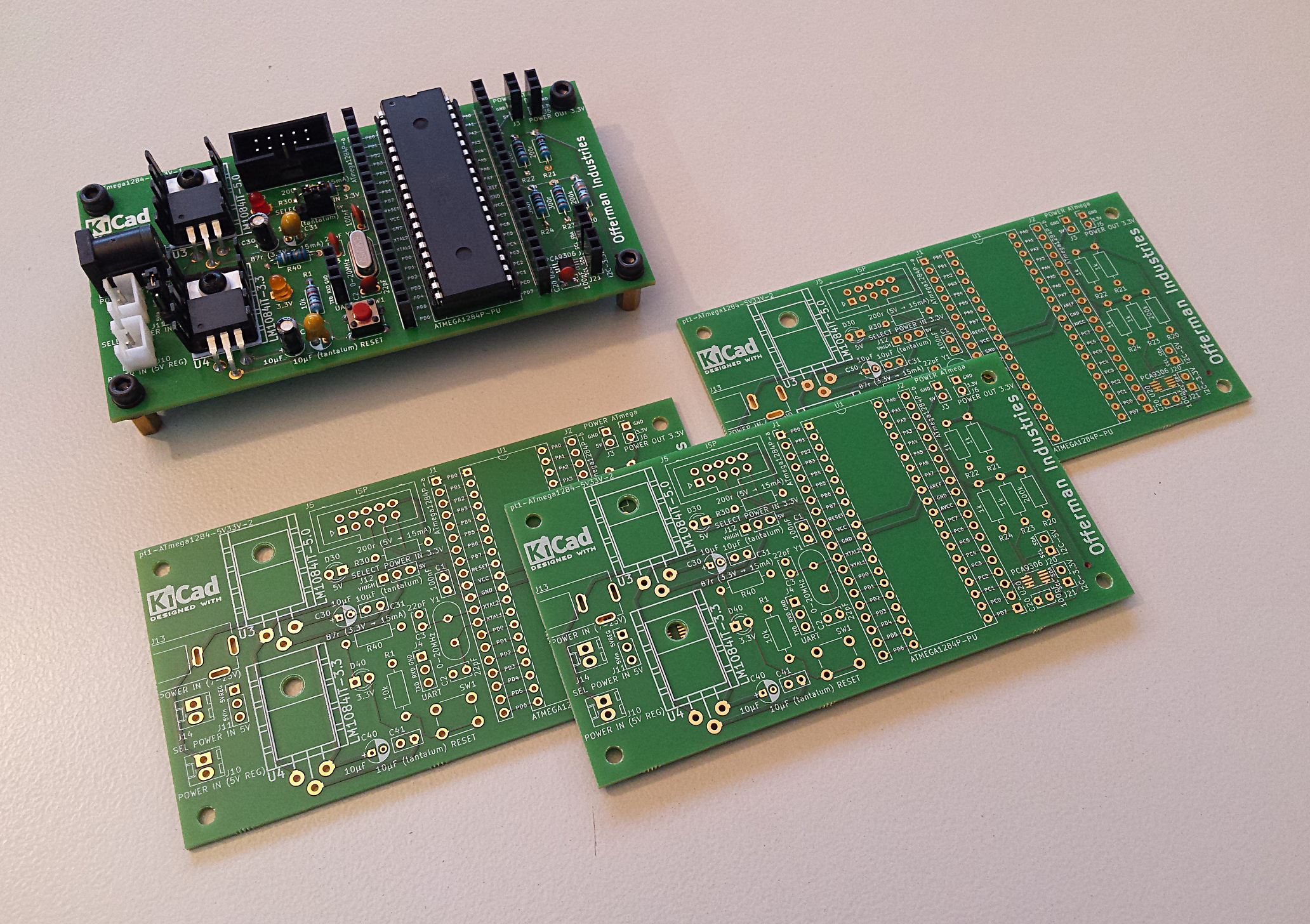
![Modular and Enterprise IoT Development Kit [Standard]](https://ozrobotics.com/wp-content/uploads/2018/03/IoT-Development-Kit-300x263.jpg)
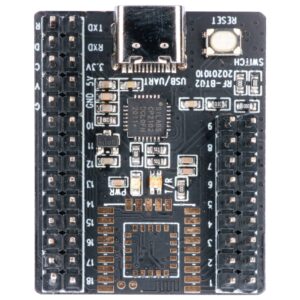
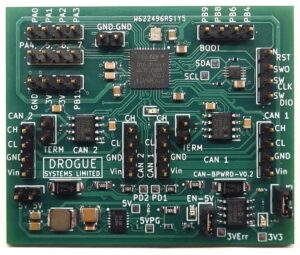
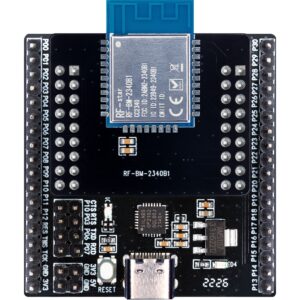
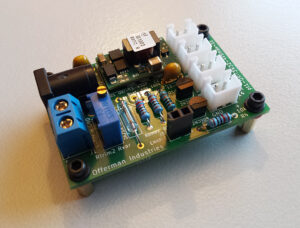

Reviews
There are no reviews yet.